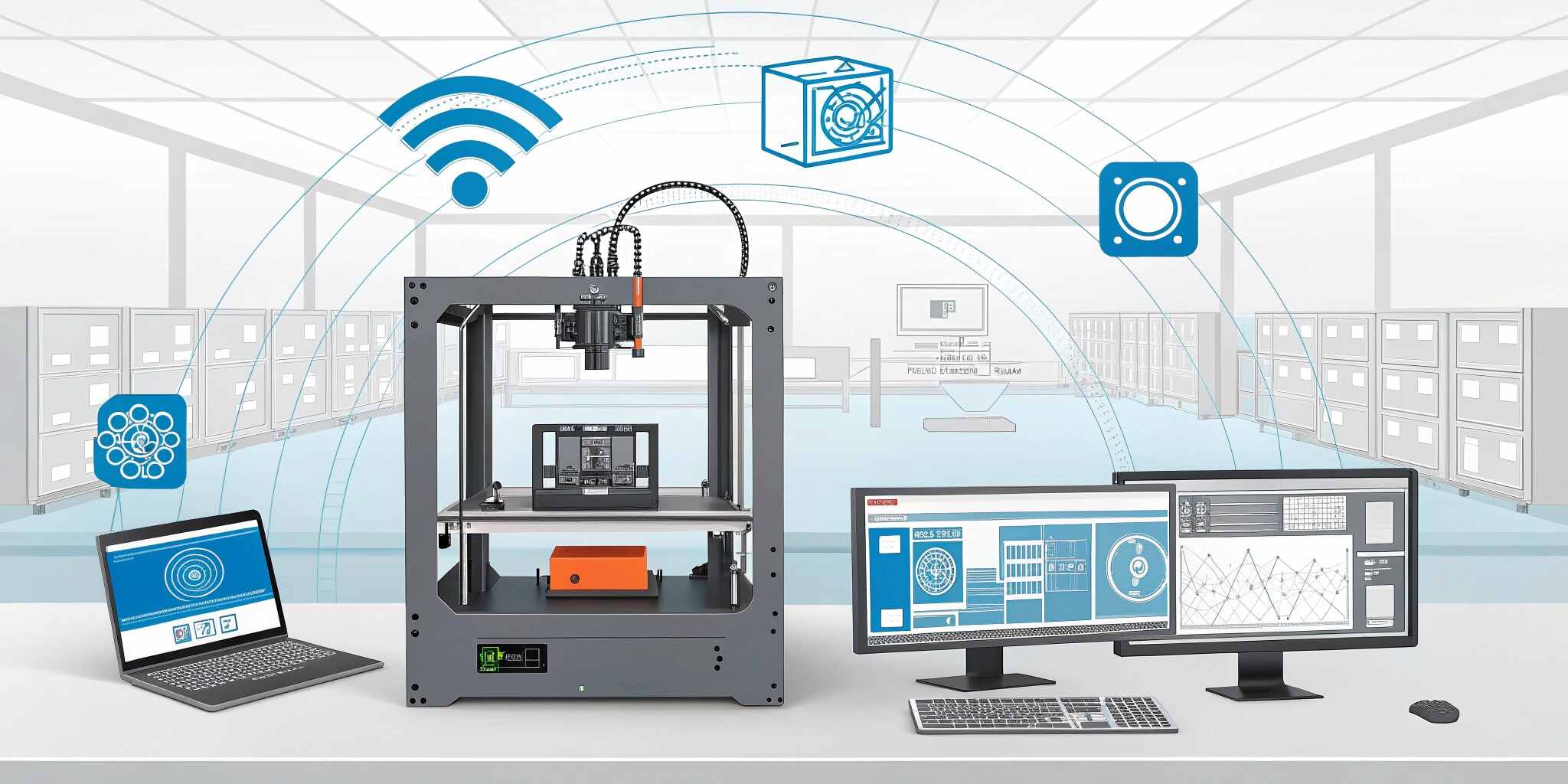The convergence of 3D printing and IT systems is reshaping how industries design, manufacture, and deliver products. Once limited to prototyping, 3D printing—also known as additive manufacturing—has matured into a cornerstone of modern production. When integrated with IT systems, it transforms into a powerful ecosystem capable of optimizing workflows, reducing waste, and driving innovation across sectors.
Understanding the Integration of 3D Printing and IT Systems
3D printing, at its core, involves creating three-dimensional objects layer by layer based on digital designs. The connection with information technology (IT) enables real-time monitoring, data exchange, and intelligent control over printing operations. This integration allows seamless communication between design software, cloud platforms, and production machinery.
Modern IT infrastructure empowers 3D printing systems to leverage cloud-based data storage, IoT sensors, and AI algorithms for quality assurance and predictive maintenance. These technologies ensure that every printed component adheres to precise standards, significantly reducing human error and production time.
Key Advantages of Integrating IT with 3D Printing
- Enhanced Efficiency and Automation
- With IT systems managing the workflow, manufacturers can automate printing schedules, track performance metrics, and even predict maintenance needs. Software solutions integrate with 3D printers to streamline design-to-production processes, improving operational efficiency.
- Real-Time Data and Quality Control
- Integration allows organizations to collect real-time data from sensors embedded in printers. This information helps identify printing errors, optimize material usage, and ensure that every product meets quality benchmarks.
- Cloud-Based Collaboration
- Cloud computing enables engineers and designers from different locations to collaborate on projects simultaneously. Design files, performance reports, and analytics can be shared instantly, enhancing communication and speeding up decision-making.
- AI and Machine Learning Integration
- Artificial Intelligence plays a critical role in optimizing printing processes. AI algorithms can analyze print data, adjust parameters, and predict outcomes, reducing failures and improving production consistency.
- Supply Chain Optimization
- IT systems integrated with 3D printing help reshape supply chains by enabling on-demand manufacturing. Instead of maintaining large inventories, companies can print components as needed, reducing costs and minimizing waste.
Use Cases Across Industries
The blend of IT and 3D printing is revolutionizing several sectors:
- Healthcare: Custom implants, prosthetics, and medical devices are designed using AI-assisted models and printed with precision, improving patient outcomes.
- Aerospace: Real-time data analytics ensures accuracy in the production of lightweight yet durable components.
- Automotive: Cloud-integrated 3D printing supports rapid prototyping and small-batch production, enhancing design innovation.
- Construction: Large-scale 3D printers, guided by digital blueprints and IT systems, are building sustainable structures faster than ever before.
- Education & Research: Institutions use cloud-based 3D modeling platforms to teach innovation and material sciences interactively.
Challenges in Integration
Despite its potential, integrating 3D printing with IT systems presents challenges:
- Data Security: Cloud storage and networked printers are vulnerable to cyberattacks, necessitating robust cybersecurity measures.
- High Implementation Costs: Initial setup involving IoT devices, servers, and software integration can be expensive for small enterprises.
- Skill Gaps: Successful adoption requires professionals skilled in both IT infrastructure and additive manufacturing processes.
- Interoperability Issues: Ensuring that software, hardware, and network protocols communicate seamlessly is critical to integration success.
The Future of IT-Driven 3D Printing
By 2025 and beyond, we can expect AI-driven predictive manufacturing, digital twins, and blockchain-enabled traceability to dominate the additive manufacturing landscape. 3D printers connected to IT ecosystems will operate autonomously—analyzing performance, optimizing designs, and even ordering materials without human intervention.
Furthermore, integration with cloud and edge computing will allow real-time collaboration and localized production, reducing carbon footprints and increasing manufacturing flexibility.
As businesses move toward Industry 4.0, the fusion of 3D printing and IT systems will stand as a pillar of smart manufacturing, enabling unprecedented innovation, customization, and sustainability.
Conclusion
3D printing’s integration with IT systems is more than a technological upgrade—it’s a revolution in how products are conceptualized, manufactured, and delivered. By bridging digital intelligence with physical creation, industries are not only optimizing efficiency but also shaping the next generation of sustainable innovation. In the evolving landscape of digital manufacturing, this synergy represents the future of production itself.


